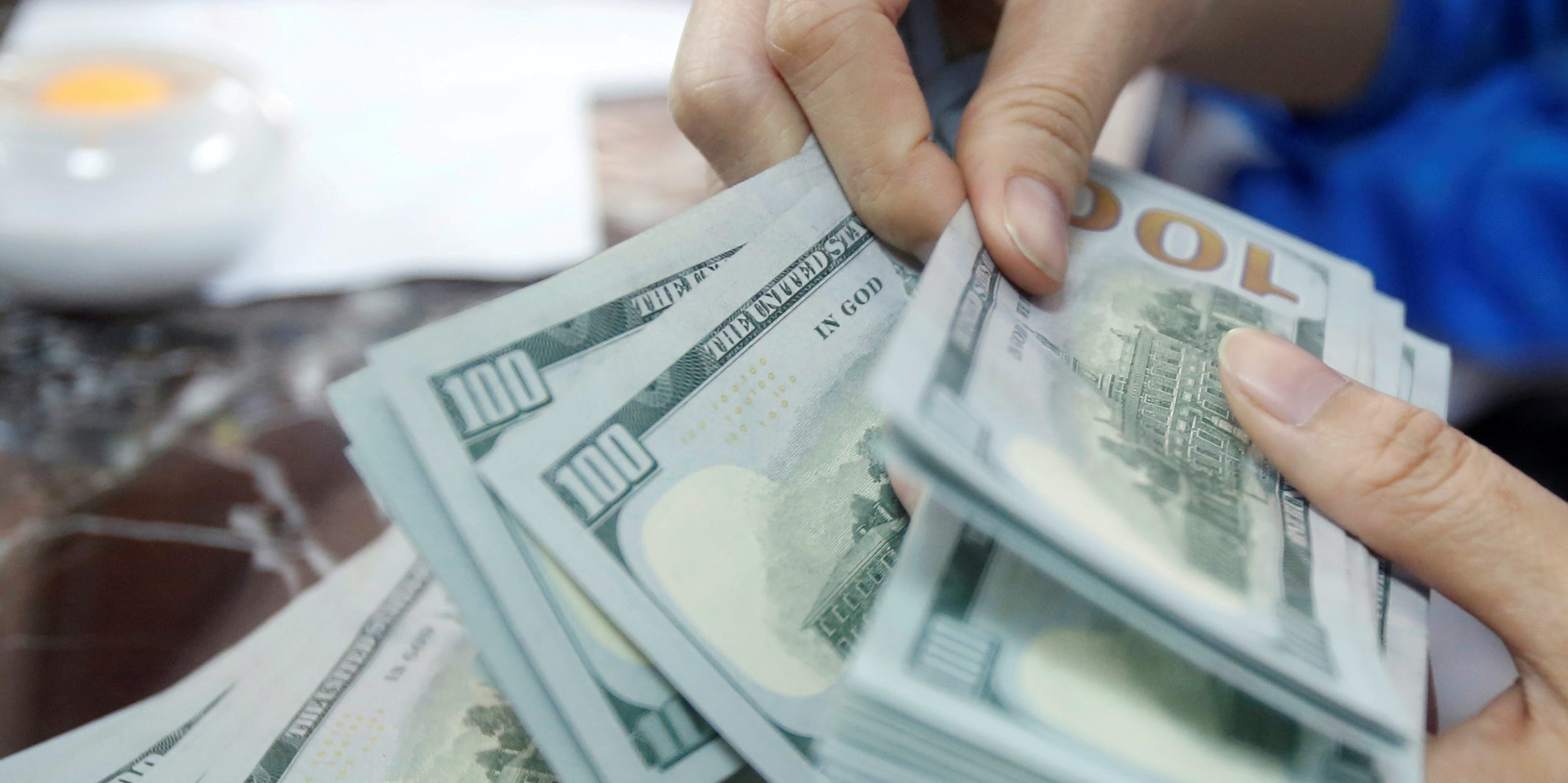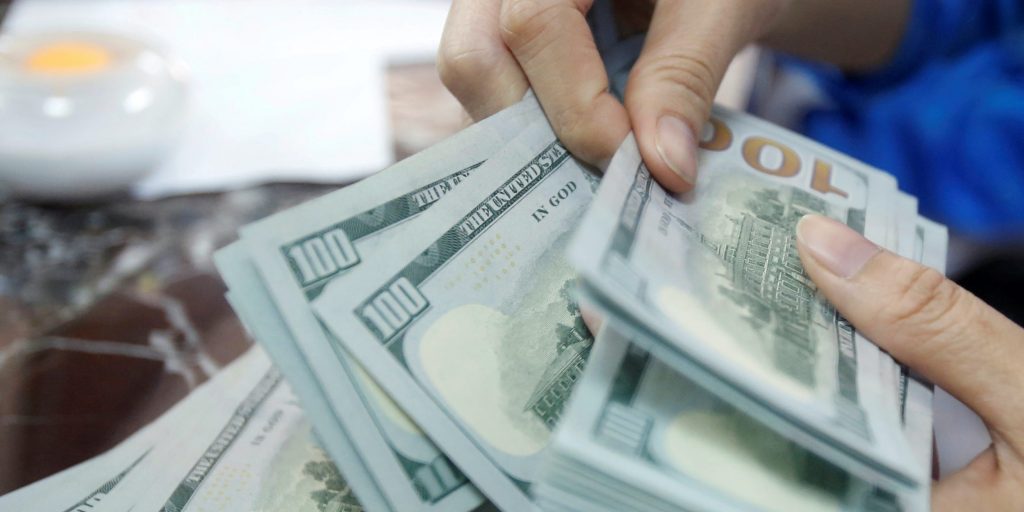
Kham/Reuters
- More than $63 billion in home equity was tapped in the second quarter, according to Black Knight data.
- That's the most since mid-2007 and comes as total homeowner equity hit a record $9.1 trillion.
- It shows that homeowners are using their assets to generate cash – and a bubble-like dependence on credit.
- See more stories on Insider's business page.
The white-hot US housing market has brought its fair share of troubles. Soaring prices have slashed affordability, and the country still sits in a dire home shortage.
Those who own homes are using the strong market to take cash out of their properties – but that brings risks in its own right.
More than $63 billion in equity was pulled out of homes across 1.1 million cash-out refinances in the second quarter, housing analytics firm Black Knight said in a Wednesday report. That's the largest single-quarter sum since mid-2007, when the housing bubble was on the brink of bursting and threatening the world economy.
Broadly, owners now hold a record $9.1 trillion in home equity, according to the report. The average mortgage holder has $173,000 in tappable equity, up $20,000 from the end of the first quarter.
Put simply, surging home prices are giving owners hefty financial support while the pandemic rages on. Home equity is the difference between what an owner owes on a mortgage and the value of their home. It can be used to pay for home improvements, pay down other debts, or move into a more expensive home, and during recessions, it can be a key safety net for struggling households.
By tapping into their home equity, Americans are using their homes as pseudo credit cards while relying on property values to keep climbing. When similar behavior happened almost 15 years ago, the whole financial system had to be bailed out, setting in motion a decade of slow growth and possibly a permanent disfigurement of the economy.
Popping a bubble or avoiding catastrophe?
For now, data suggest today's market rests on much sturdier foundations than in 2007.
Ninety-eight percent of mortgage holders in active forbearance have at least 10% equity in their homes, Black Knight said. That compares to roughly 40% of borrowers having at least 10% equity during the Great Recession.
Factoring in deferred principal, interest, taxes, and insurance payments also does little to move the needle. Only 7% of borrowers in forbearance would have less than 10% equity in their homes after accounting for those payments.
"A rising tide lifts all boats as they say, including homeowners in forbearance - whose ability to return to making payments when forbearance ends will likely be a key driver in the nation's overall COVID-19 economic recovery," Ben Graboske, data and analytics president at Black Knight, said in the report.
The bolstered equity positions could already be staving off economic pain. The federal government's mortgage moratorium expired at the end of July, placing roughly 1.8 million people on pandemic forbearance plans back on the hook for payments. Yet delinquencies rose only slightly through early August, according to Black Knight, suggesting stronger equity holdings aided homeowners in forbearance.
The market isn't out of the woods just yet. There's still a "large number of remaining pandemic-related serious delinquencies," Black Knight said in a separate report. As home loans start to exit forbearance plans, foreclosure starts will offer the first signs of whether the US will avoid another housing slump or dive into a new mortgage crisis, the company added.
Just how many delinquencies emerge could mean the difference between a stabilizing market and the potential bursting of another bubble.

